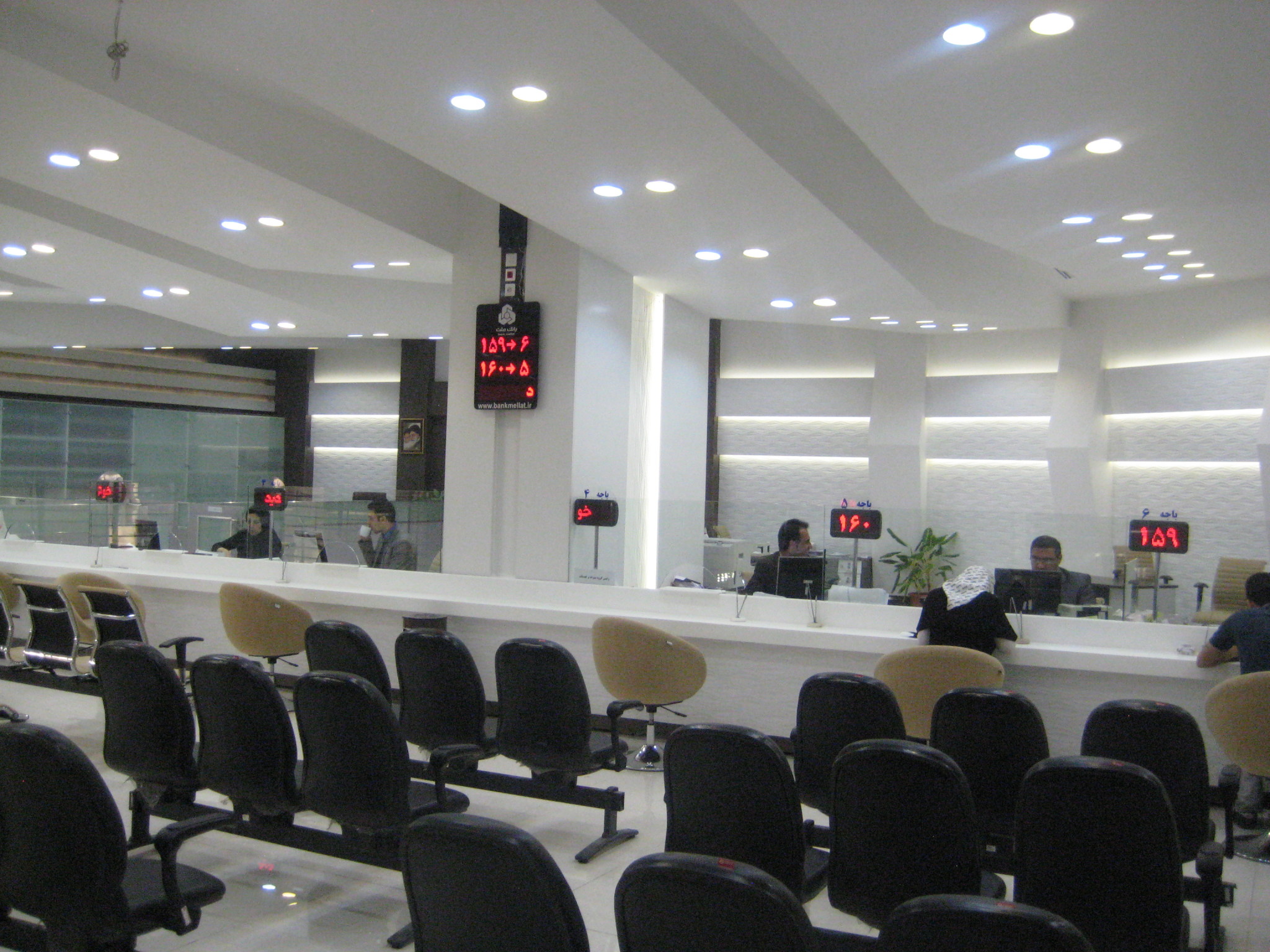Campaigning for Iran’s presidential elections scheduled for May 19 began on Friday, after the Guardians Council considered only six candidates eligible to run for the presidency from among the 1,636 hopefuls.
Apart from the considerable number of candidates who had registered, this year’s event was marked by a number of key issues. The country’s financial system also came under the spotlight once again with one candidate declaring the country’s banking system “bankrupt” and victims of uncertified credit institutions protesting near the Election Headquarters providing fodder to the mill of conservative media opposed to Hassan Rouhani’s reelection.
As for the bankruptcy hype–which was fueled in the wake of some banks announcing significant losses on the stock market in late 2016–the Central Bank of Iran officials have since firmly denied those rumors by assuring the public that everything is under control.
Only on Sunday, a senior official at the bank said in comments posted on its official website that calling the country’s banks bankrupt could cause “irreparable” damage to market stability. He went on to say that if these “politically-charged” statements were to be repeated, CBI would take legal action against those seeking to “disturb the tranquility” of society.
In fact, the conservative media have found a soft target in attacking Rouhani’s economic record by picking on the banking sector that has been dealing with real issues after years of being cut off from the international scene and tough sanctions targeting the country’s nuclear program.
The government has taken many steps to address the issues facing banks, including overhauling the supervisory regime governing the banking system and taking concrete steps to clean up the balance sheets of banks. But there are still legitimate concerns about the banks’ problematic loans and distressed assets which, according to Asad Jafaree, principle director at the Middle East Region office of Deloitte, a consulting firm, would at least take three to four years to address.
According to Jafaree, currently the biggest issue facing the Iranian economic structure is its banking system that is lagging in terms of adopting international standards, including Basel Committee’s capital adequacy rules. These problems have piled up over the years, most of which are lingering from the tenure of the former administration whose lending schemes gave rise to the problem of bad debt.
The government has come up with two banking bills (Banking Reform Bill and the Central Bank Bill) that the International Monetary Fund believes will be very helpful, as they will lend the tools to deal with these banks and also enhance supervision over them.
In its latest report on Iran, IMF has also recommended that CBI handpick distressed banks and put them on enhanced supervisory administration. Another key advice of the body has been to conduct an Asset Quality Review: an independent auditor going into each bank and doing a forensic on its balance sheets so to save the viable lenders and close or merge the hopeless ones.
About-Face
Another gray area of Iran’s monetary system was laid bare by the recent protests staged by depositors of a credit institution named Caspian, with an opaque history, which went bust after a frenzied race with its renegade peers to offer attractive interests. It also has to bear the brunt of several other smaller companies that had been merged with it.
The tale of uncertified credit institutions is an old one and the CBI has taken concrete steps to regularize them, but the difference with Caspian is that its depositors claim it had a CBI permit. CBI has responded that it never meant to grant a license to the new institution, but had been ordered to do so by a judge.
However, a real shift in tone came when CBI Governor Valiollah Seif announced on state TV that depositors should take responsibility for their investment decision and that a license from CBI in no way guarantees a safe and risk-free return.
“The higher the interest, the higher the risk,” he famously said.
This marks a break from previous instances when the regulator rushed to appease the hapless savers.
In a recent opinion piece in Donya-e-Eqtesad, a leading local financial newspaper, Hamid Qanbari, CBI’s deputy for foreign exchange credit, sought to define the concept of “CBI permit” in a new light, arguing that the very existence of a deposit guarantee fund–a relatively new development in Iran–means that the regulator could not be held accountable for a bank going under.
A permit from the regulator, he noted, indicates that the lender in question has met the minimum requirements necessary to establish a bank.
These observations, however, may seem to contradict previous ones made by Seif himself who had vowed that the main priority of the bank would be to safeguard “people’s savings”.
“Seeking a balance between letting troubled banks go under while protecting the ones that can be saved should be the regulator’s battle cry,” notes Pouya Jabal-Ameli, an economist close to CBI.
He believes that CBI’s policies should promote accountability among depositors while preventing a bank run.
The Caspian case has drawn unusual attention, not least because of the looming presidential elections. In an unusual move last week, the head of Experts Assembly, Ayatollah Ahmad Jannati sent a letter to Seif, urging him to settle the Caspian case.
The dispute will hopefully prove to be a turning point in setting sound and clear policies that would put the banking system on a firmer footing in the future.



